MORE IMPORTANT INFORMATION ABOUT YOUR TRAVEL TO Dusseldorf
The Train station is located at the center of Dusseldorf
Düsseldorf (often Dusseldorf in English sources; UK: US: German: [ˈdʏsl̩dɔʁf]; Low Franconian and Ripuarian: Düsseldörp ([ˈdʏsl̩dœɐ̯p]); archaic Dutch: Dusseldorp) is the capital and second-largest city of the most populous German state of North Rhine-Westphalia after Cologne, and the seventh-largest city in Germany, with a population of 617,280. At the confluence of the Rhine and its tributary Düssel, the city lies in the centre of both the Rhine-Ruhr and the Rhineland Metropolitan Regions with the Cologne Bonn Region to its south and the Ruhr to its north. Most of the city lies on the right bank of the Rhine (as opposed to Cologne, whose city centre lies on the river's left bank). The city is the largest in the German Low Franconian dialect area (closely related to Dutch). "Dorf" meaning "village" in German, the "-dorf" suffix (English cognate: thorp) is unusual in the German-speaking area for a settlement of Düsseldorf's size. Mercer's 2012 Quality of Living survey ranked Düsseldorf the sixth most livable city in the world.
Source:
WikipediaADDITIONAL INFORMATION ABOUT Dortmund
The Train station is located at the center of Dortmund
Dortmund (, also UK: US: German: [ˈdɔʁtmʊnt]; Westphalian Low German: Düörpm [ˈdyːœɐ̯pm̩]; Latin: Tremonia) is with a population of 603,609 inhabitants as of 2020, the third-largest city of Germany's most populous federal state of North Rhine-Westphalia and Germany's eighth-largest city. It is the largest city (by area and population) of the Ruhr, Germany's largest urban area with some 5.1 million inhabitants, as well as the largest city of Westphalia. On the Emscher and Ruhr rivers (tributaries of the Rhine), it lies in the Rhine-Ruhr Metropolitan Region and is considered the administrative, commercial, and cultural centre of the eastern Ruhr. Dortmund is the second largest city in the Low German dialect area after Hamburg. Founded around 882, Dortmund became an Imperial Free City. Throughout the 13th to 14th centuries, it was the "chief city" of the Rhine, Westphalia, the Netherlands Circle of the Hanseatic League.
Source:
WikipediaImages of the trains for your trip


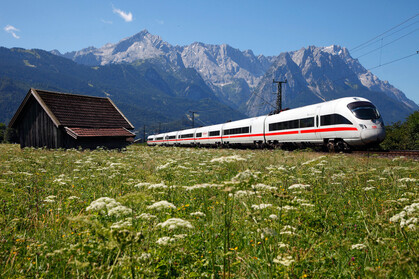









Where Can You Travel With Us?
TAKE A LOOK AT OUR MAP
France
Italy
Netherlands
Luxembourg
Austria
Germany
Belgium
Switzerland
Denmark
Sweden
Norway
Hungary
Czech
Ukraine
China
Active
France, Italy, Netherlands, Luxembourg, Austria, Germany, Belgium, Switzerland, Denmark, Sweden, Norway, Hungary, Czech, Ukraine, China
Upcoming
USA, Canada, Spain, Poland, Japan
Other Train Trips From Dortmund

Dortmund to Nauen

Dortmund to Unterhaching
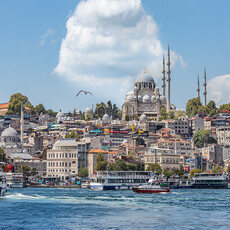
Dortmund to Lauchringen

Dortmund to Sulzbach Inn

Dortmund to Oberwesel

Dortmund to Mannheim Friedrichsfeld

Dortmund to Waldshut
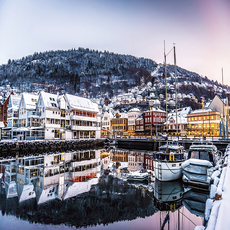
Dortmund to Reichelsdorfer Keller

Dortmund to Freiburg Herdern

Dortmund to Nidda
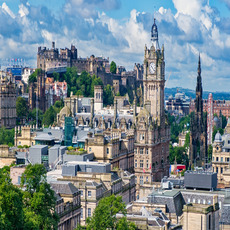
Dortmund to Pfalzel

Dortmund to Oker

Dortmund to Friedberg Hess
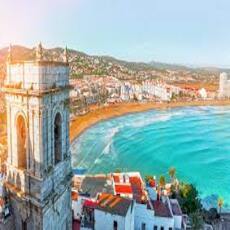
Dortmund to Osterholz Scharmbeck
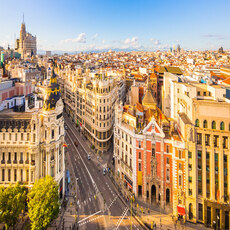
Dortmund to Banteln
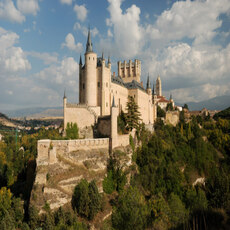
Dortmund to Langebruck
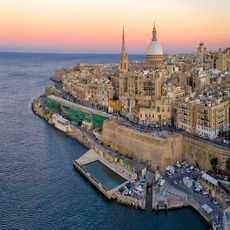
Dortmund to Borken Westfalen

Dortmund to Aschau Im Chiemgau

Dortmund to Neukirchen Inn

Dortmund to Tutzing

Dortmund to Wasserburg Inn

Dortmund to Lauf Links Pegnitz

Dortmund to Weixdorf Bad

Dortmund to Frankfurt Main South

Dortmund to Neuss
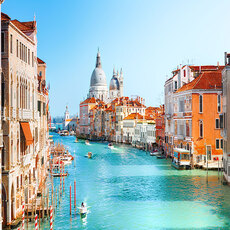
Dortmund to Oberhausen

Dortmund to Lingen Ems
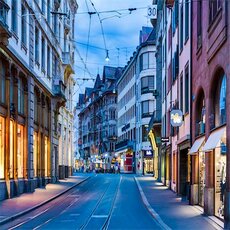
Dortmund to Eutin

Dortmund to Frankfurt Main West

Dortmund to Hagen Heubing
WHY YOU SHOULD TRAVEL BY TRAIN?
To travel from Dortmund To Dusseldorf, trains would be the best travel choice, for several reasons:
1
Eco-Friendly
Trains are the most environmentally-friendly way of transport to the EU Environment Agency. They are powered by electricity, which is renewable and has a low environmental impact.
2
Speed
Travelling by train is in most cases the fastest way to go from Rome to Milan. Trains usually travel at high speeds, making them the fastest way to get from one place to another.
3
Safety
Travelling by train is one of the safest forms of transport. Trains are heavily regulated and monitored, making them safer than other forms of transport.
4
Price
Travelling by train is often cheaper than other forms of transport, such as flying or taking a bus. Trains are often subsidized by the government, making them cheaper than other forms of transport.
5
Luggage
Travelling by train is a great way to transport luggage. Trains usually have plenty of space for luggage and they are usually safe and secure.
6
Luggage
Travelling by train is often faster than other forms of transport, such as driving or taking a bus. Trains usually travel at high speeds, making them the fastest way to get from one place to another.
7
Comfortability
Travelling by train is usually very comfortable. Trains usually have comfortable seating and plenty of legroom, making them a great way to travel.
8
Comfortability
Travelling by train is a great way to get some sleep. Trains usually have comfortable seats and plenty of legroom, making them a great way to get some rest while travelling.
9
WIFI
This is not necessarily the most important when you travel since we prefer to tell you to enjoy your travel without your phones, but on trains, you can find WIFI onboard, so you remain connected to the internet if you choose to.
THESE ARE THE TRAIN OPERATORS WE WORK WITH




















